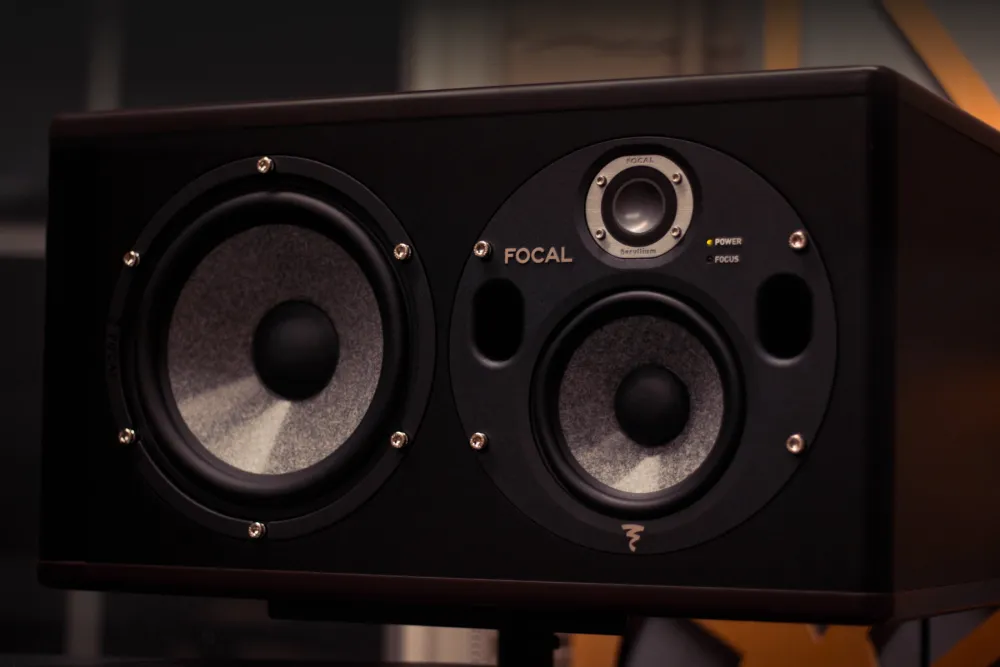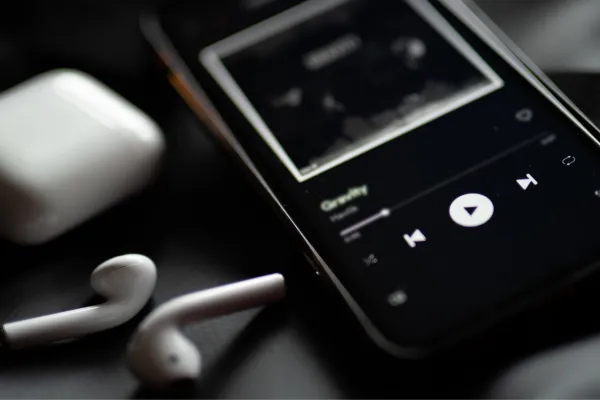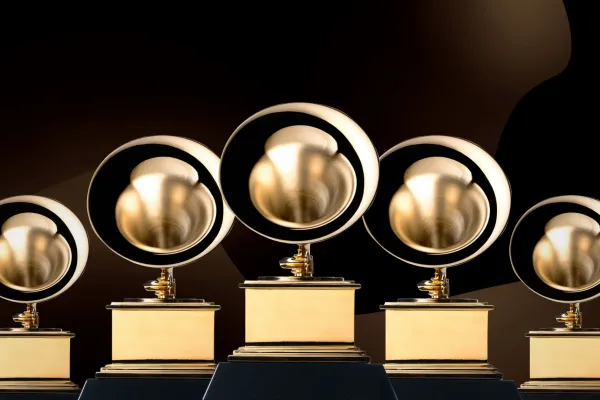Loudness Bias and How to Avoid Mixing and Mastering Mistakes
It's no secret that people prefer loud sounds, as this led to the loudness wars squeezing every last dB so it would compete to be the loudest track on radio. This article dives into some of the science for why louder audio is preferred, issues associated with loud volume, and how this effects those working in the audio industry. First, let's examine why people prefer louder music, as there are 2 primary core reasons why people subconsciously prefer louder music.
Sensory Overload
If you walk into any gym you will see people with headphones that have turned the volume up to 11 (typically around 100dB on full volume) to complete that last set. The thing is, it actually works as louder sound acts as a natural stimulant for the human body which provides increased body temperature, heart rate, and blood flow, just what you need to run a little faster on the treadmill or lift that weight one more time. This also translates to large concerts and night clubs, as the increased volume levels produce an energetic and exciting environment.
Another reason why loud music is so popular at clubs and concerts is the fact that the sensory overload of loud noises can drown out internal thoughts, fears and insecurities as the brain and nervous system are receiving a large amount of input. This is why you reach to turn down the music when you're driving and trying to find your destination, as its harder to concentrate on your own thoughts when receiving large amounts of external stimuli. It's a tricky balance as the right amount of external stimuli can enhance concentration on a singular task, which is why many people prefer to listen to music when writing, coding, and why it's so easy to get lost working on a mix or master.
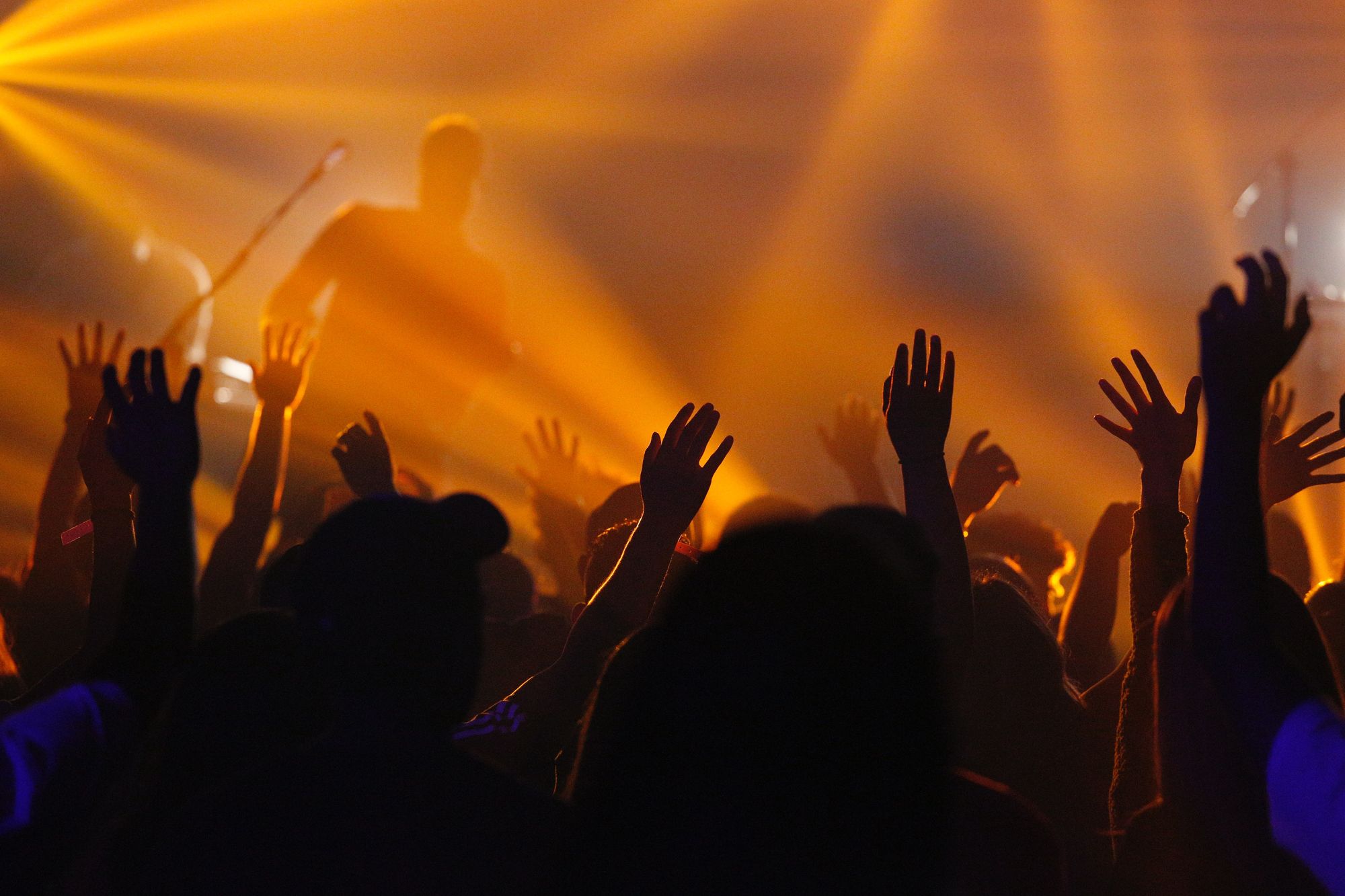
Dopamine and Endorphins
Dopamine plays a role in how humans feel pleasure, as it helps increase communication within the nervous system, which in turn affects the ability to think, plan, focus, and find things interesting. Studies have shown a human response dubbed 'frisson', which occurs when the body is flooded with Dopamine, but we tend to know this as goosebumps. Studies have also shown this can be triggered when one of our favorite songs reaches its peak, or simply the anticipation of the impending apex. This release of Dopamine can relieve stress and provide a euphoric experience when listening to songs that has an emotional connection with the listener.
This blissful experience is often triggered by the sacculus, a collection of hair cells and otoliths that is a part of the vestibular system (largely responsible for balance and spatial orientation) which is also connected to the hypothalamus, the part of the brain responsible for pleasure. This buzz can be compared to the rush people get from swings and bungee jumping, actions which are stimulated due to motion.
Studies have shown that this response varies person to person as frequencies as low as 50 hertz all the way up to 1,000 hertz can trigger the vestibular response, if the volume is above 90dB as the vestibular system is deep inside the inner ear. A study lead by Neil Todd showed that the highest response rate was from 300-350 hertz, again provided the threshold was at least 90 dB.
Potential Pitfalls
The most common issue is hearing loss, as the range between pleasure and irreversible hearing loss is small. 15 minutes of exposure at 100dB can cause hearing loss, and since decibels are logarithmic (intensity increases by a factor of 10), this danger exponentially increases as exposure to 110 dBs can cause hearing loss after just 2 minutes.
Another issue that faces many audio engineers is louder volumes make sounds more articulate and easier to find in a mix, so the urge to continually bump up the volume. In the short term, this can cause ear fatigue, which is based on the quantifiable psychological perception of sound causing a temporary threshold shift when someone is exposed to multiple hours of high levels on the equal-loudness contour scale. This scale measures the Sound Pressure Levels (SPL, a function of a signal’s amplitude most commonly expressed as decibels) over the frequency spectrum. This fatigue causes the ear to be less sensitive to sound in the short term, and if proper breaks are not taken it can decrease blood flow to the hair cells in the cochlea, and if denied oxygen for long periods of time can cause death and thus hearing loss.
Recovering from temporary threshold shifts usually takes several minutes, which is why regular breaks throughout a day of audio work are so important. Another interesting note is the recovery period from ear fatigue could be longer if engaged in other physical activity such as running or working out while listening to loud music as the blood supply to the cochlea is diminished even further in favor of supplying muscles.
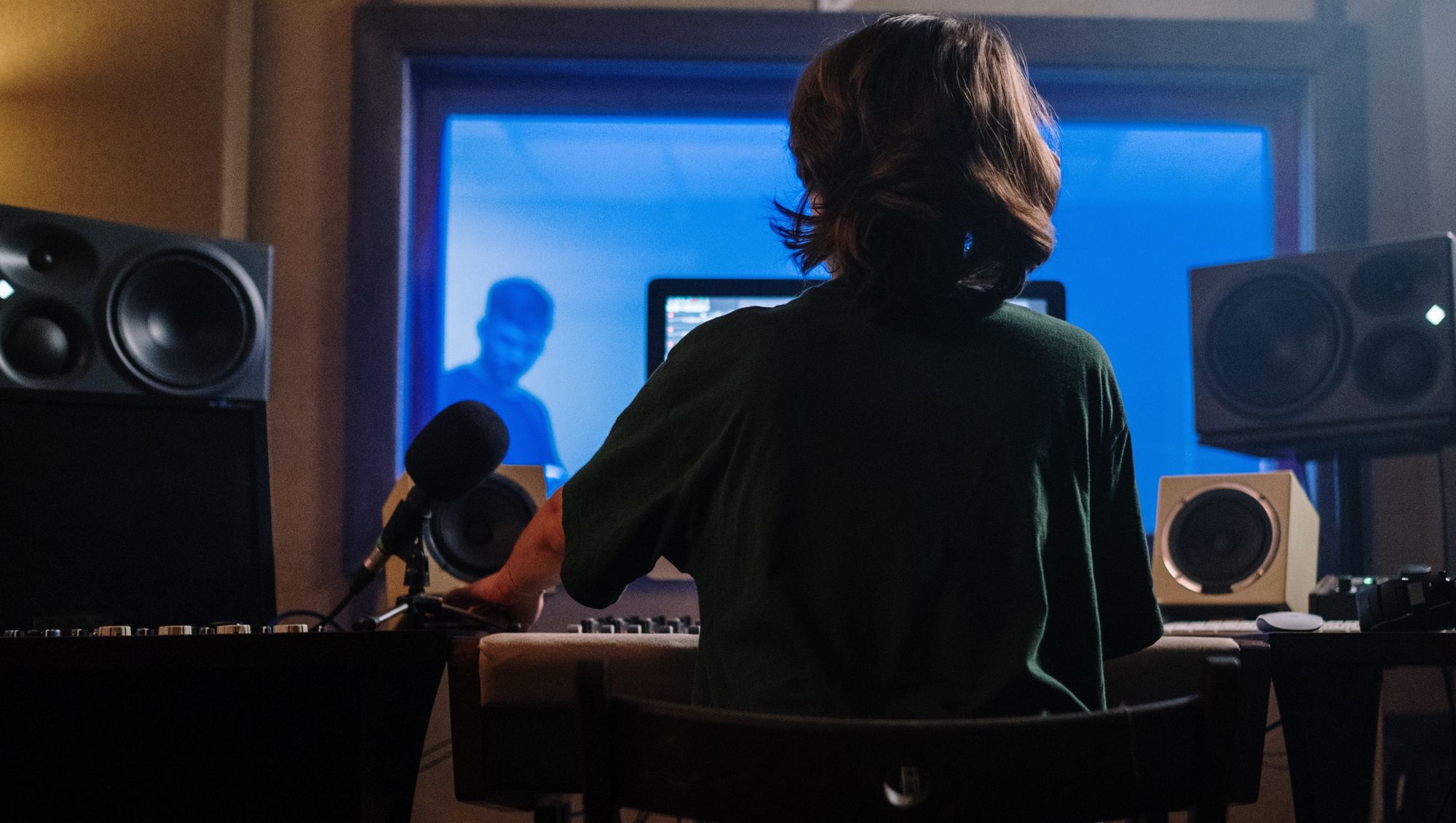
Prolonged exposure to loud volume levels is why many audio engineers and musicians have early onset tinnitus, which causes a person to hear a high or low pitched ringing, though the actual pitch and intensity can change over time. This ringing is caused when hearing is damaged, as the brain's auditory cortex has different nerve cells and neural circuits that are "tuned" to a specific pitch. When there is a deficiency from hearing loss (death of the cells), the brain tries to compensate for the lack of input which causes the commonly reported ringing.
No matter what the cause, it interrupts the transmission of sound from the ear to the brain. Some of the neural circuits no longer receive signals. Strangely, this does not cause hearing loss. Instead, when neural circuits do not receive stimulation, they react by chattering together, alone at first and then synchronous with each other. Once the nerve cells become hyperactive and occur at the same time, they simulate a tone the brain “hears” as tinnitus. Analogous to a piano, the broken “keys” create a permanent tone without a pianist playing the keys.” Source
There are some treatments available for those suffering from chronic tinnitus, as those affected can suffer from insomnia, lack of focus, and communicating in social settings.
How to avoid issues
Having a standard monitoring volume or SPL when mixing, mastering or producing is paramount when dealing with hearing issues. Our recommendation is 75 dB as this provides the flattest listening environment in most listening environments, and is also a low enough SPL to avoid causing hearing loss in most cases hearing loss does not usually occur until around 85 dB. It's always a good idea to listen to different volume levels when working on your track, but we recommend not going above 100 dB in most cases for more than one listen through on most tracks.
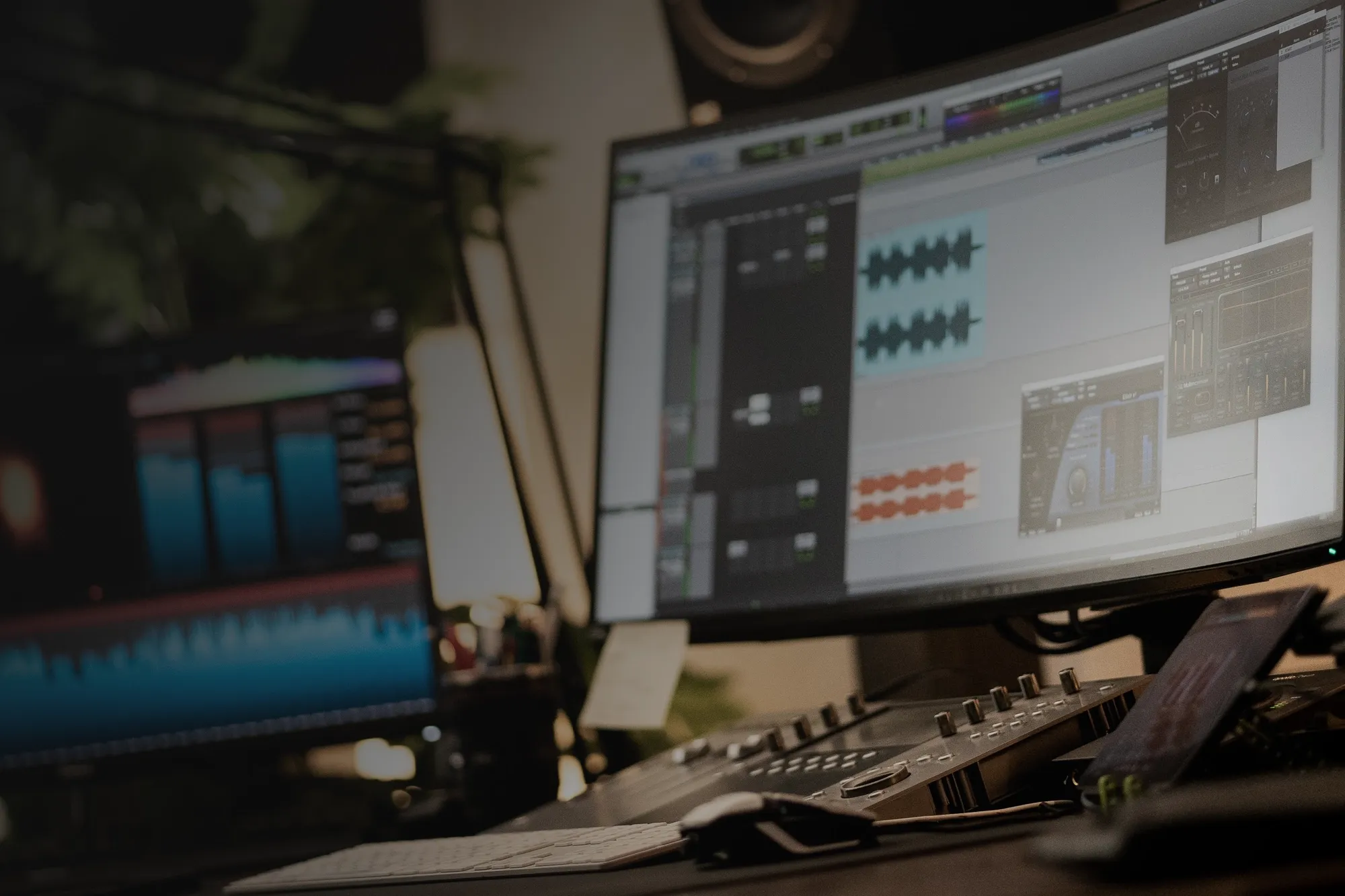
Another issue caused by higher monitoring levels in many environments that are not professionally built studios is that certain frequencies are over or under accentuated meaning the track won't translate the way you intended to other listening environments. It is common to experience bass buildup, meaning lower frequencies are not properly diffused or absorbed, which can cause a false sense of low end. This works in accordance with triggering the sacculus with lower frequencies which can cause an emotional attachment and excitement to a poorly balanced mix.
In addition to poor EQ decisions, it is easy to over compress a track and destroy the natural dynamics of a track. But if the perceived loudness is increased people tend to choose the exaggerated compression. With streaming services continuing to adopt set volume normalization, squeezing every bit of headroom on a track is not as necessary to compete, but much of this is still an art and depends on the artists preference. A great counter for over-compression this is having quality reference tracks that you know well to compare against your work. Another option is to let clients preview the LUF normalization that will occur on streaming platforms with HitSends volume normalization options to accurately compare reference tracks to your work without dealing with loudness bias.


